Table of contents
玻璃窗是许多家庭和建筑物的重要组成部分。 它们既能透光,又能阻挡灰尘和虫子等环境因素。 此外,玻璃窗还能隔热,帮助建筑物保暖。
它们还能让人们更容易看到外面的世界,提供一种与外部世界联系的感觉。 历史证据表明,古罗马人在公元 1 世纪率先使用玻璃窗。
玻璃窗的发明是人类历史上的一项重大发展,在此之前,人们使用兽皮、羊皮纸和油纸等材料来遮盖房屋的开口,这些材料虽然可以透光,但几乎起不到遮风挡雨的作用。
让我们来讨论一下窗玻璃的历史,看看这种材料是什么时候开始用于窗户的。
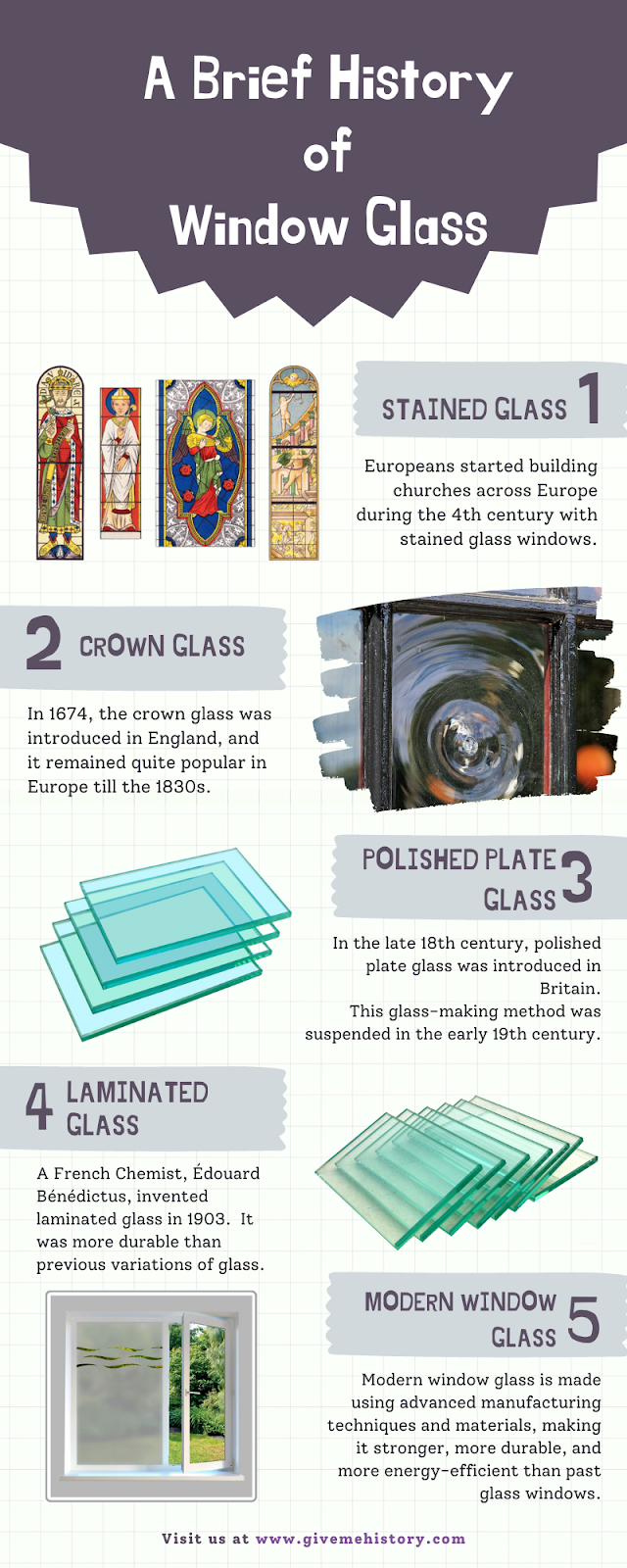
目录
See_also: 象征财富的九大花卉窗玻璃简史
根据历史证据[1],叙利亚地区的腓尼基商人在公元前 5000 年左右最先开发出玻璃。 考古证据[2]也表明,玻璃制造始于公元前 3500 年的埃及和美索不达米亚东部地区。
不过,玻璃窗的历史可以追溯到公元 1 世纪,当时古罗马人开始使用玻璃窗玻璃[3]。 值得注意的是,他们使用玻璃窗玻璃并不仅仅是为了装饰。
他们使用吹制玻璃的长气球作为建筑结构的重要元素。 他们使用的玻璃厚薄不均,也不像现代窗户那样完全透光。 但它曾经足够透明,可以让一些光线透过。
当时,世界其他地区,如日本和中国,都使用纸窗作为装饰和阻挡环境因素。
彩色玻璃
根据《玻璃史》[4],欧洲人从 4 世纪开始在欧洲各地建造教堂,并安装彩色玻璃窗。
这些玻璃窗用不同颜色的玻璃片创造出不同的圣经图像,使玻璃成为这个时代流行的艺术形式。
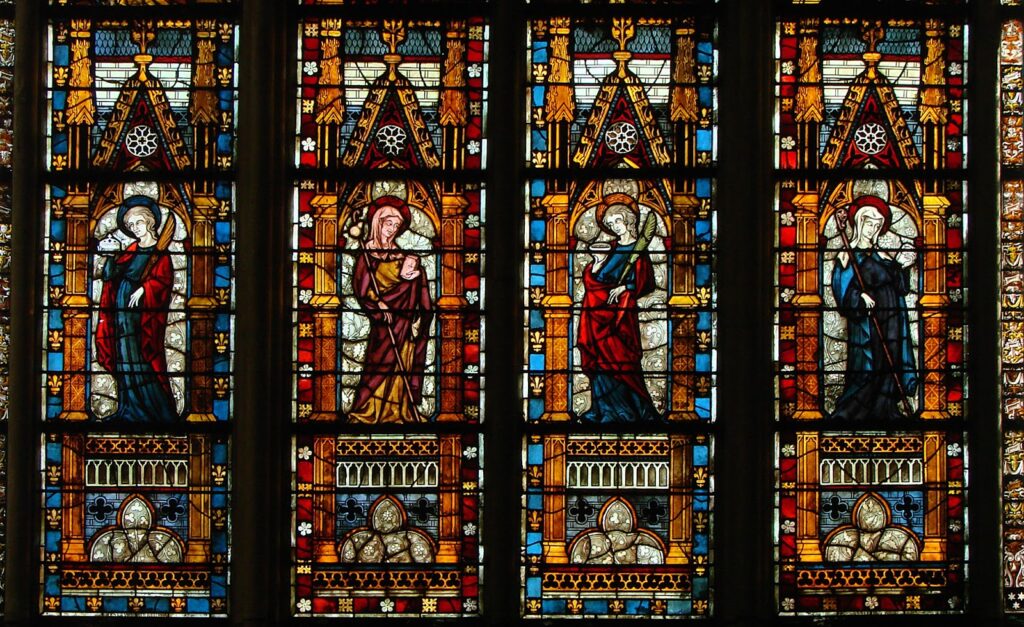 特鲁瓦大教堂的彩色玻璃窗
特鲁瓦大教堂的彩色玻璃窗 瓦西里,公共领域,通过维基共享资源
11 世纪,德国人发明了圆筒形玻璃,又称宽玻璃,并于 13 世纪初在欧洲流行起来。
1291 年,威尼斯成为欧洲的玻璃制造中心,15 世纪安杰洛-巴罗维耶在这里制造出了几乎透明的玻璃。 但在当时,大多数人还没有玻璃窗。
皇冠玻璃
1674 年,皇冠玻璃被引入英国,直到 19 世纪 30 年代,这种玻璃在欧洲一直很流行。 虽然这种玻璃有波纹和瑕疵,但它比当时人们最常用的宽玻璃更清晰、更细腻。
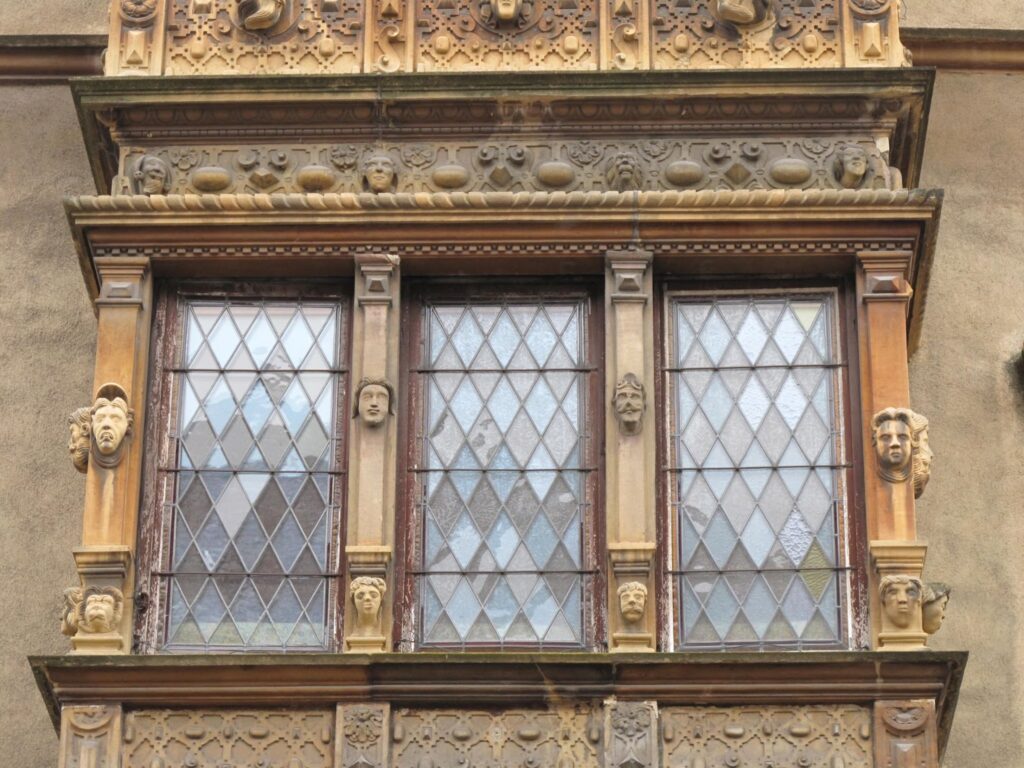 法国蒂特之家的窗户
法国蒂特之家的窗户 Tangopaso, 公有领域,通过维基共享资源
然而,由于威廉三世在 1696 年征收窗户税,这一突破并没有给英国人带来好处[5]。
由于这项税收,人们每年需要根据房屋窗户的数量缴纳 2 至 8 先令的税款。 因此,那些付不起税款的人就用砖头把窗户封上。
有趣的是,这项税收有效期长达 156 年,最终于 1851 年取消。
抛光平板玻璃
18 世纪末,抛光平板玻璃在英国问世[6]。 这种玻璃的制作过程需要耗费大量的精力和时间。 首先,玻璃工匠将玻璃片铸在桌子上,然后用手进行手工研磨和抛光。
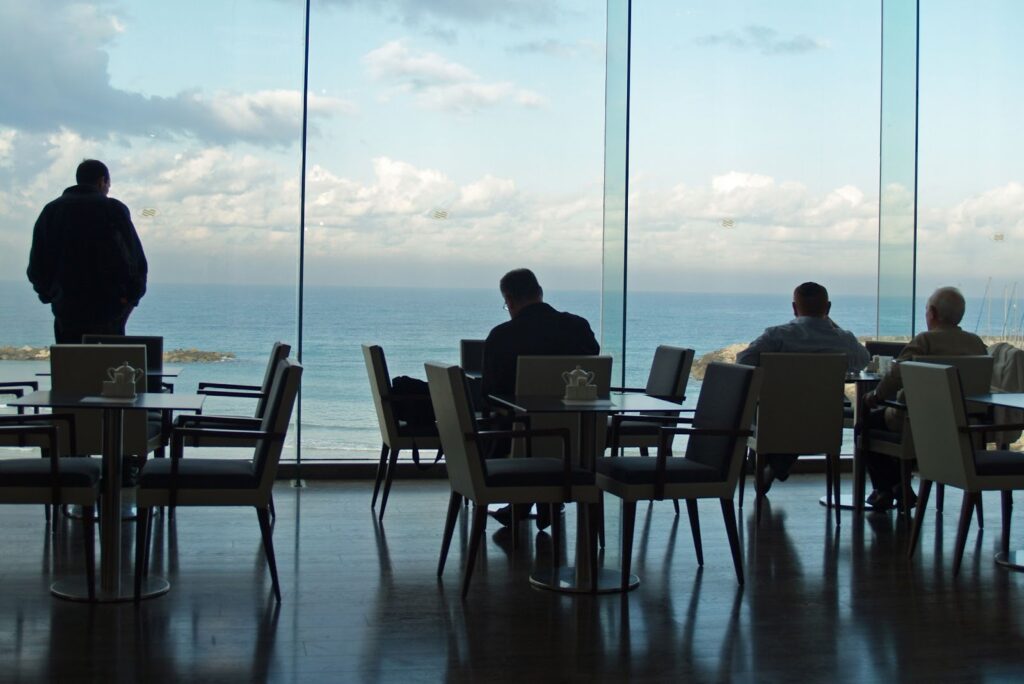 现代磨光平板玻璃示例
现代磨光平板玻璃示例 David Shankbone, CC BY-SA 3.0, via Wikimedia Commons
此外,这种玻璃制造方法在 19 世纪早期也曾被暂停使用。
圆柱平板玻璃
筒形玻璃片的生产始于 17 世纪的德国和法国[7],1834 年传入英国,并改变了生产方法以提高质量和降低价格。
夹层玻璃
法国化学家爱德华-贝内迪克特斯于 1903 年发明了夹层玻璃[8]。 这种玻璃不仅比以前的各种玻璃更耐用,而且还提高了玻璃窗的隔音效果。 人们可以用更大的玻璃板来安装更大的窗户。
浮法玻璃
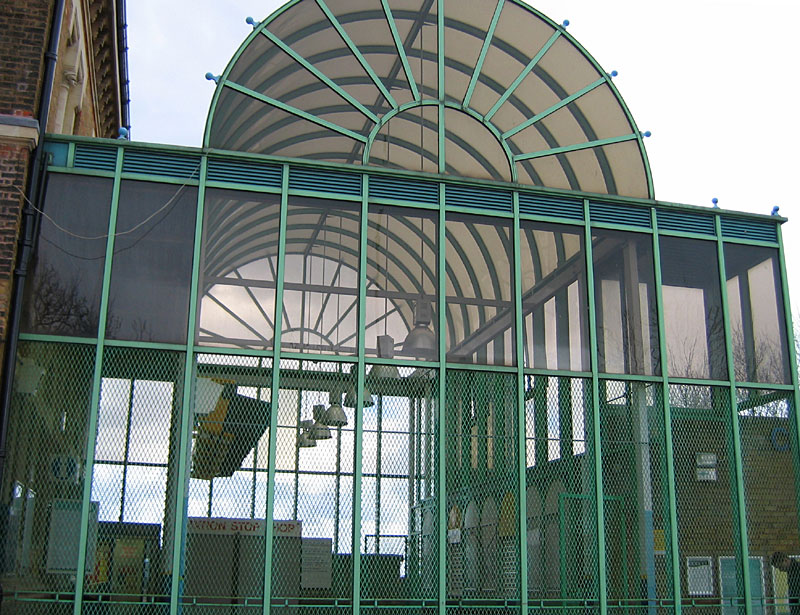 现代浮法玻璃示例
现代浮法玻璃示例 原始上传者为 Secretlondon at English Wikipedia.
浮法玻璃是 Alastair Pilkington 于 1959 年发明的,至今仍是制造玻璃的行业标准[9]。
制造这种玻璃时,要将熔化的玻璃倒在熔化锡床上,使玻璃形成一个水平面。 这种工艺能制造出大片透明且不变形的玻璃。 由于这种玻璃质量上乘,家用住宅的窗户仍然使用这种玻璃。
现代窗玻璃
现在,现代玻璃种类繁多,如钢化玻璃、遮光玻璃、夹层玻璃、低辐射玻璃[10]、充气玻璃和有色玻璃。
这些材料可用于制造各种窗户,如十字窗、眉窗、固定窗、折叠窗、三层玻璃窗和双扇悬窗。
 办公楼的玻璃外墙
办公楼的玻璃外墙 署名:Ansgar Koreng / CC BY 3.0 (DE)
现代窗户玻璃采用先进的制造技术和材料,比过去的玻璃窗更坚固、更耐用、更节能。
See_also: 中世纪的牧师这些不同类型的玻璃具有不同的特性,用于不同的目的,例如提供更高的安全性、减少热量损失和阻挡有害的紫外线。
现代窗户玻璃有各种颜色、纹理和表面处理,在设计和美观方面具有更大的灵活性。
最后的话
玻璃窗的历史可以追溯到古代世界,已知最早的玻璃窗是在古罗马废墟中发现的。
随着时间的推移,玻璃制造技术不断改进,玻璃窗在家庭和公共建筑中越来越常见。
它们是我们建筑环境的重要组成部分,对建筑物的设计和功能起着至关重要的作用。


